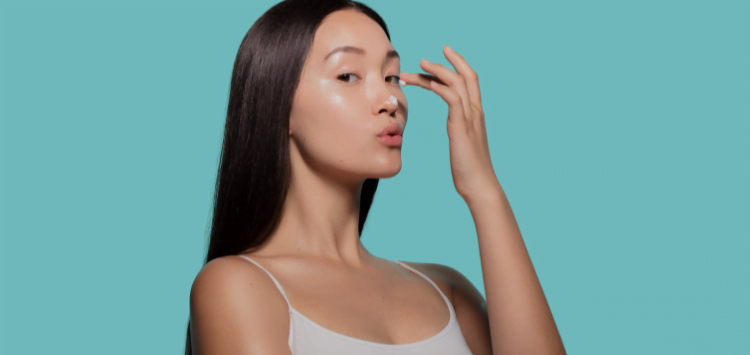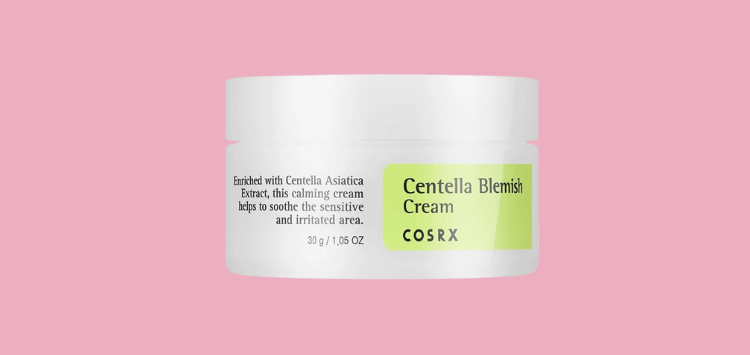Retinol, a derivative of Vitamin A, is a powerhouse ingredient in skincare known for its ability to target multiple concerns, including fine lines, wrinkles, hyperpigmentation, acne, and uneven texture. However, it’s crucial to use retinol properly to achieve the best results while minimizing irritation or adverse effects. Let’s break down the steps for using retinol effectively:
Step-by-Step Guide:
-
Cleanse Your Skin:
- Start by washing your face with a gentle cleanser to remove dirt, oil, and makeup.
- Pat your skin dry with a clean towel.
-
Wait for Dryness:
- Allow your skin to dry completely before applying retinol. Moist skin can enhance the penetration of retinol, increasing the risk of irritation.
-
Patch Test:
- Before incorporating retinol into your routine, perform a patch test on a small area of your skin to check for any adverse reactions.
-
Start Slowly:
- Regardless of your skin type or age, start with a low concentration of retinol.
- Begin using it once or twice a week to allow your skin to adjust.
-
Apply a Pea-sized Amount:
- Dispense a pea-sized amount of retinol onto your fingertip. This amount is usually sufficient to cover the entire face.
-
Dot Retinol Onto Skin:
- Gently dot the retinol onto different areas of your face – forehead, cheeks, chin, and nose.
-
Blend In:
- Using gentle, upward motions, massage the retinol into your skin until it’s fully absorbed.
- Avoid rubbing vigorously, as this can cause irritation.
-
Avoid Eye Area:
- Be careful to avoid the delicate skin around your eyes, as retinol can be too harsh for this area.
-
Moisturize:
- After allowing the retinol to absorb for a few minutes, follow up with a moisturizer to help lock in hydration and minimize dryness.
-
Increase Frequency Gradually:
- Over time, gradually increase the frequency of use as your skin tolerates it.
- Aim to use retinol every other night, and eventually, every night if your skin can handle it.
-
Use Sunscreen:
- Retinol can make your skin more sensitive to the sun.
- Always apply sunscreen during the day to protect your skin from harmful UV rays.
- Wait Before Layering:
-
- If you’re using other skincare products, wait at least 15-30 minutes before applying them after retinol.
- This helps prevent interactions that could decrease the effectiveness of retinol or cause irritation.
Precautions:
- Avoid During Pregnancy:
Pregnant or breastfeeding individuals should avoid using retinol due to potential risks to the baby.
- Consult a Dermatologist:
If you have any underlying skin conditions or concerns, it’s advisable to consult a dermatologist before starting a retinol regimen.
Purging:
-
Temporary Worsening:
- When you first start using retinol, you may experience a “purging” period where your skin appears to get worse before it gets better.
-
Accelerated Exfoliation:
- Purging is caused by the accelerated exfoliation of dead skin cells, which can temporarily increase the appearance of acne or breakouts.
- Differentiate from Reactions:
-
- It’s essential to differentiate between purging and a negative reaction to the retinol product.
- Purging usually subsides after a few weeks as your skin adjusts to the retinol.
Targets of Retinol:
-
Fine Lines and Wrinkles:
- Retinol stimulates collagen production, helping to reduce the appearance of fine lines and wrinkles.
-
Hyperpigmentation:
- By promoting cell turnover, retinol helps fade dark spots and even out skin tone.
-
Acne and Breakouts:
- Retinol unclogs pores, reduces inflammation, and regulates oil production, making it effective for treating acne.
- Uneven Texture:
-
- Retinol smooths the skin’s surface by promoting the shedding of dead skin cells, resulting in improved texture and a more radiant complexion.
Breakdown by Skin Type:
-
Normal Skin:
- Behavior of Retinol: Tolerates retinol well, maintaining skin health and addressing early signs of aging.
-
Dry Skin:
- Behavior of Retinol: May experience more dryness and irritation, requires moisturizing formulations.
-
Oily/Acne-Prone Skin:
- Behavior of Retinol: Can help regulate oil production and prevent breakouts, but start slowly to avoid exacerbating acne.
- Sensitive Skin:
-
- Behavior of Retinol: May experience more redness, dryness, and irritation, requires gentle formulations.
Breakdown by Age:
-
20s-30s:
- Behavior of Retinol: Tolerates retinol well, benefits from preventive effects on aging.
-
40s-50s:
- Behavior of Retinol: May experience pronounced signs of aging, requires gradual increase in retinol use and concentration.
- 60s and Beyond:
-
- Behavior of Retinol: Skin becomes thinner and more delicate, requires cautious use of retinol with lower concentration.
Ingredients or Skincare Products to Avoid with Retinol:
-
Harsh Exfoliants:
- Avoid using other harsh exfoliants, such as physical scrubs or chemical exfoliants like alpha hydroxy acids (AHAs) or beta hydroxy acids (BHAs), at the same time as retinol.
- Benzoyl Peroxide:
-
- Can be drying and irritating when used with retinol, so it’s best to avoid combining them unless specifically directed by a dermatologist.
- By following this comprehensive guide, including precautions, purging information, targets of retinol, breakdown by skin type and age, and ingredients to avoid, you can safely and effectively incorporate retinol into your skincare routine for radiant, healthy-looking skin.
This guide provides an in-depth understanding of how retinol behaves and helps different types of skin, as well as considerations for different age groups.





